Bodies as Landscapes. Faces as Codes. Paintings that do not describe, but watch.
Margarida Fleming’s paintings don’t explain. They linger. They arrive in silence, already charged with meaning, already halfway inside your gaze.
Her world is one of held breaths, glancing light, and figures who appear mid-thought, unwilling to pose, unable to lie.

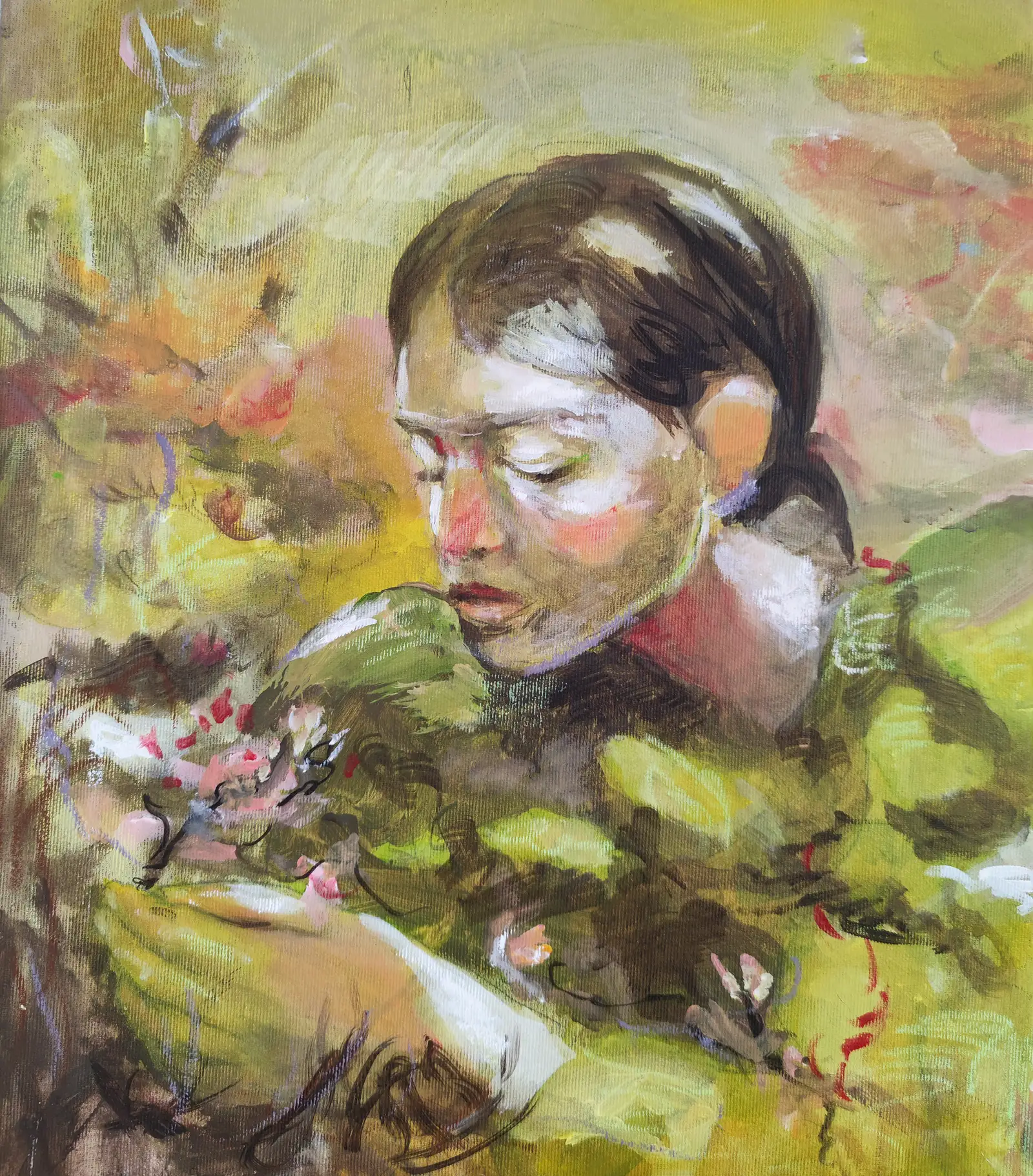
Margarida Fleming: The Earth Skin (Detail) 90x70 cm Mixed media on canvas "The body melts into the landscape, neither flesh nor earth, but something in between - a quiet pulse echoing through the currents. Gold flickers like forgotten dreams, dissolving into the silence. Where does the body end, and the world begin?". - Dreams and Flowers 40x35 cm ("She listens with closed eyes to what only the flowers know how to say.") In Fleming’s world, introspection is leafy, tactile, and gently surreal — like listening to someone dream through a wall of leaves. - Image courtesy of the artist - Published with permission
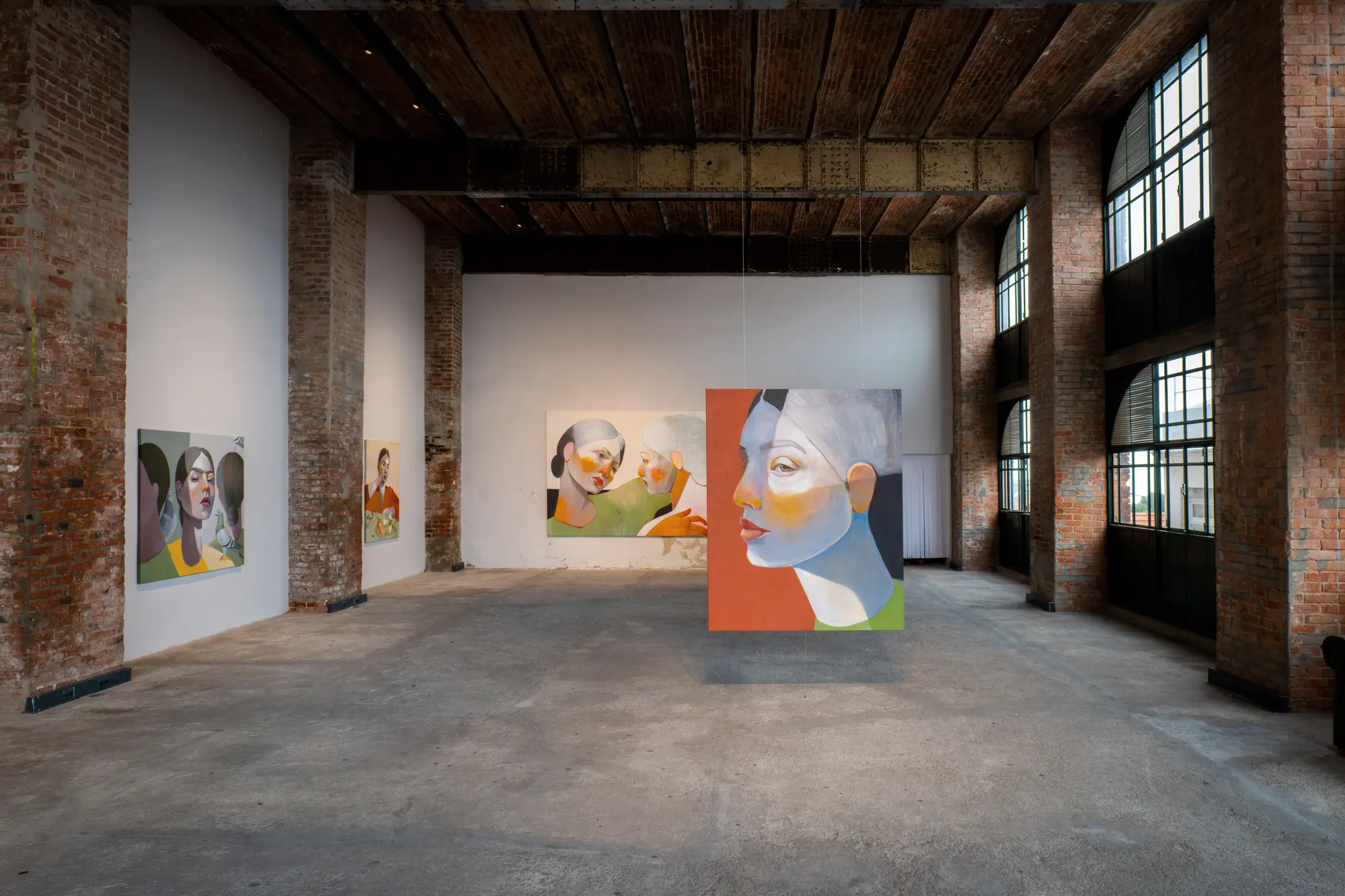
In her recent body of work, as seen in the exhibition Connecting... and now featured by Munchies Art Club, Fleming continues her quiet revolution: a portraiture stripped of spectacle, built instead from atmosphere, posture, and the subtle choreography of emotion.
Independent art writing. All free. Support if you can.
A Glimpse into the Works
Disconnected Presence offers one of the most striking entries into Fleming’s world. A woman stares into a phone, oblivious to the other figure beside her, whose presence feels more like a memory than a person.

A sardine tin and cigarette-strewn ashtray ground the moment in the mundane, but the palette—muted oranges, exhausted blues, bruised greens - elevates the scene into metaphor. This isn’t just about attention. It’s about absence dressed as routine.
Light Me Gently, in contrast, pushes close, almost uncomfortably. Two faces flicker in and out of view, lit only by the flare of a cigarette. Their proximity suggests intimacy, but their expressions remain unreadable.
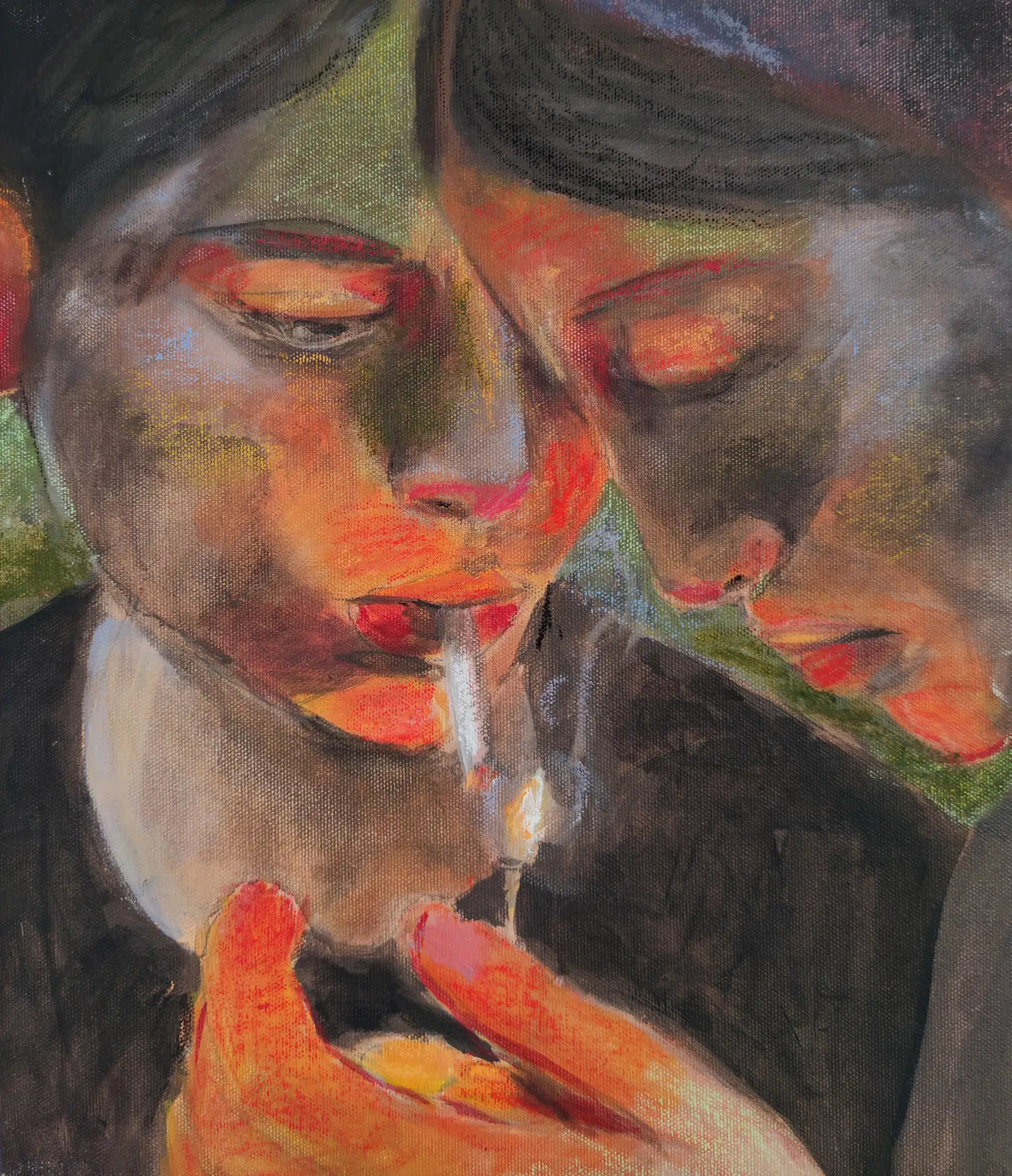
What burns here is not the flame, but the emotional opacity, the sense that something is being exchanged just outside the viewer’s grasp.
In Mountain of Light and Shadow, Fleming’s figures begin to dissolve into their environment. The female form is no longer distinct from the landscape: It is the landscape.
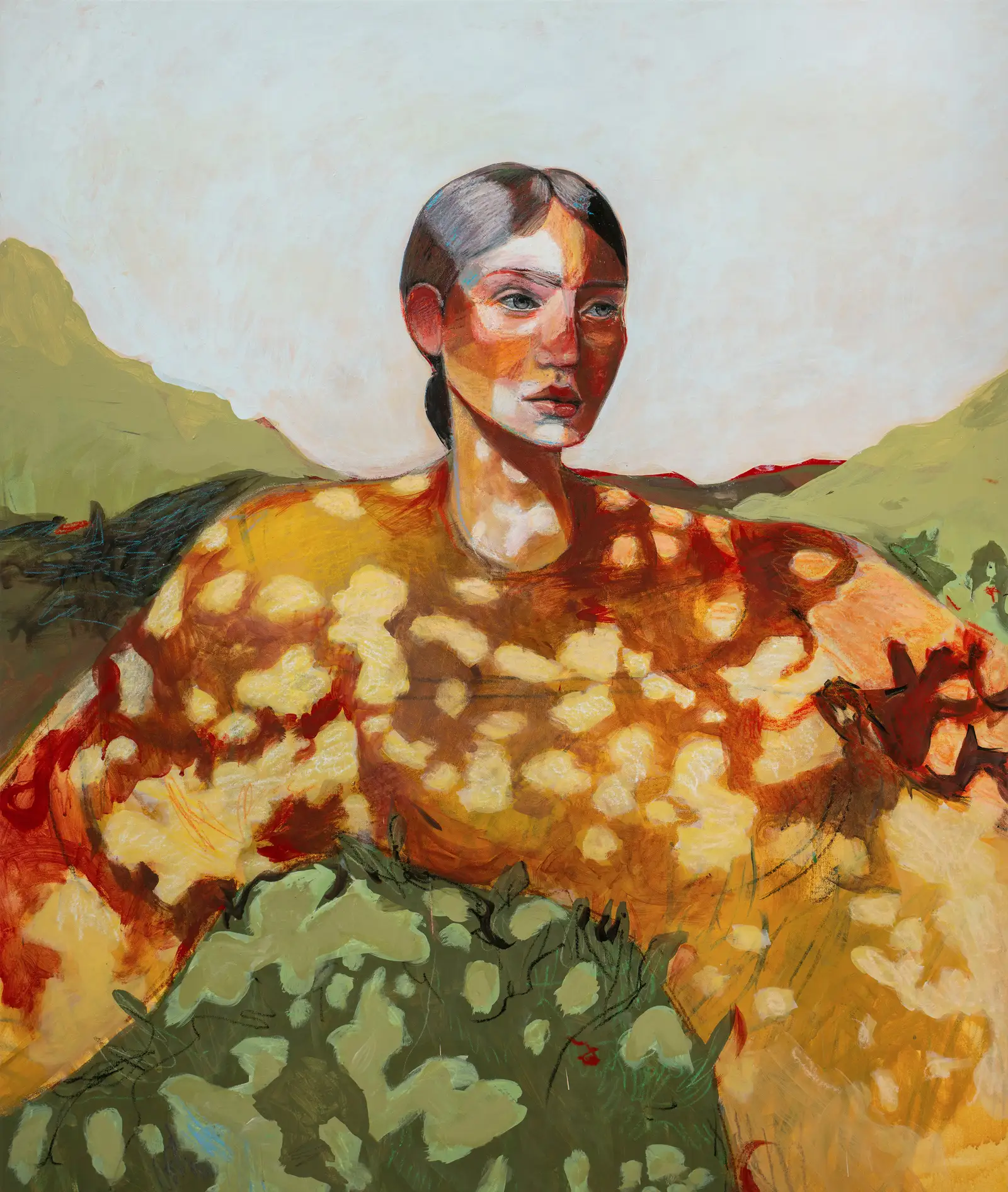
Light dapples the shoulders like camouflage, the body becomes terrain. We begin to wonder are these women being seen, or are they actively hiding?
Ordinary Day anchors us back in the studio. A figure sits at a table, hand resting beside two round fruits and a phone. Her posture is open but her gaze is elsewhere. As in much of Fleming’s work, there is no action, only atmosphere. No declaration, only presence. What appears quiet is, in fact, saturated with tension.
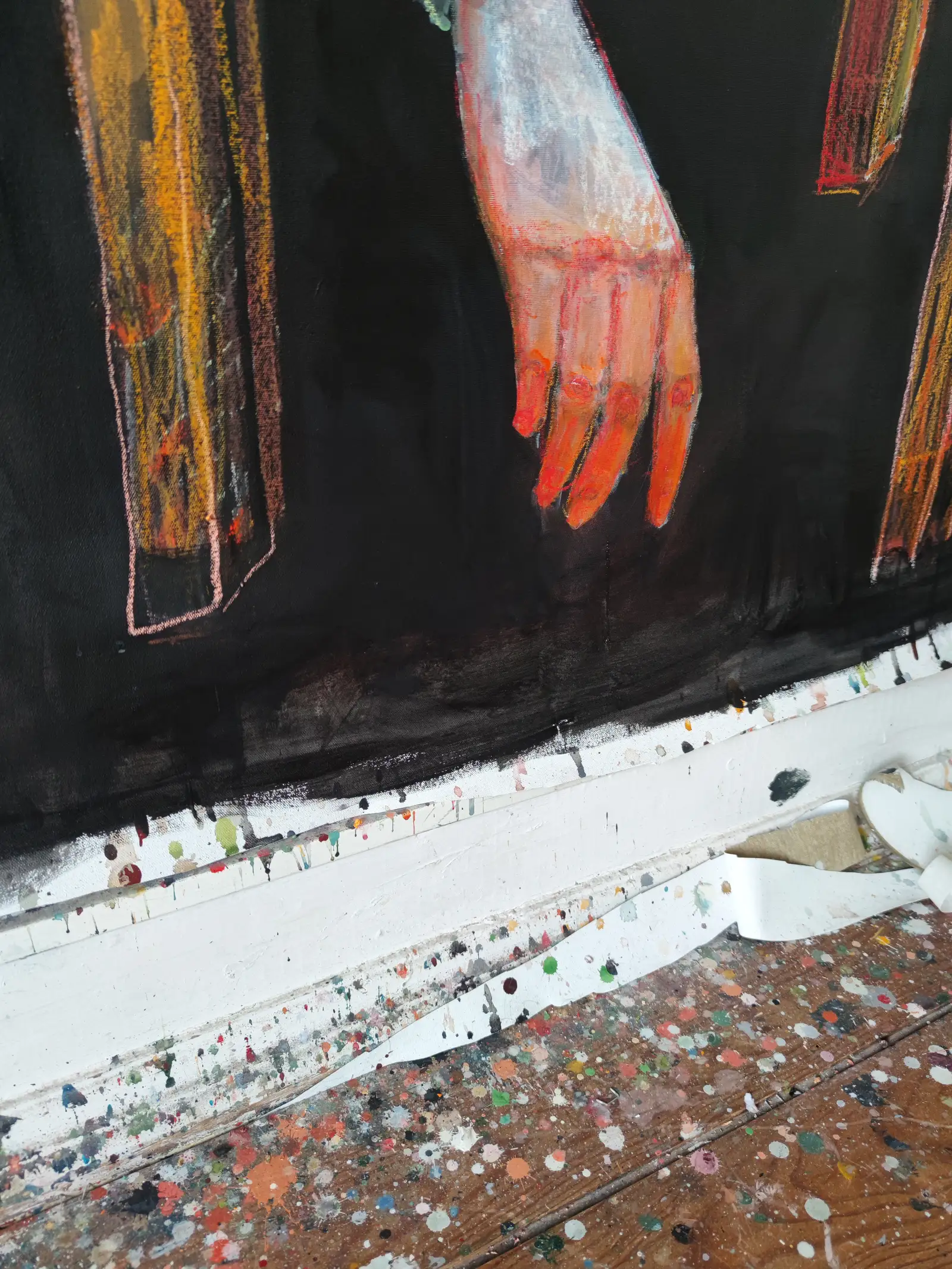

Margarida Fleming - Studio - Ordinary Day, 2024 Image courtesy of the artist - Published with permission

Light, Shadow, and the Shape of Thought
Light touches the body like weather touches land, gently and then suddenly. In Margarida Fleming’s paintings, human figures unfold like topographies of thought. A collarbone becomes a ridge, a cheekbone a hidden refuge. Her shadows don’t just define form, they hold memory.
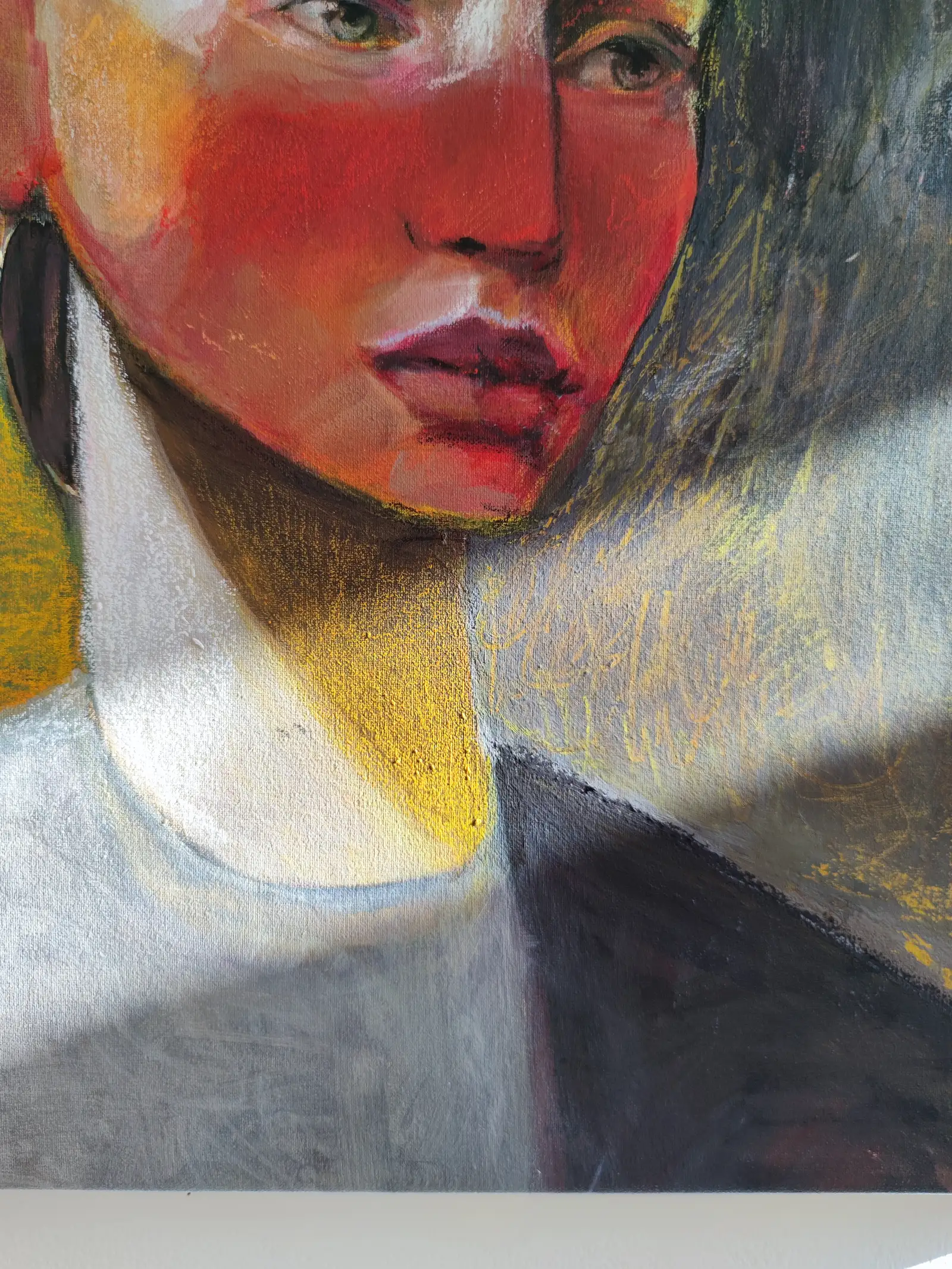
This use of light whether natural, digital, or imagined becomes central to how we read her paintings. A phone screen, the shade of a tree, the glint of a windowpane these aren’t just technical exercises they are emotional codes.
The figures do not sit in light, they interact with it. Sometimes resisting it. Sometimes dissolving into it.
Painting the Intangible
What makes Margarida Fleming’s work so captivating is not what she paints, but how she withholds. Her brushwork is thick, sometimes erratic, as if pulling emotion through the surface.

Her women are not icons or muses, they are beings caught mid-thought, defined less by appearance than by the space they occupy.
Shaped by her background in architecture, Fleming’s compositions have a structural clarity. Yet, they resist resolution. Light becomes a recurring character flickering off skin, bouncing through windows, bending around emotion.
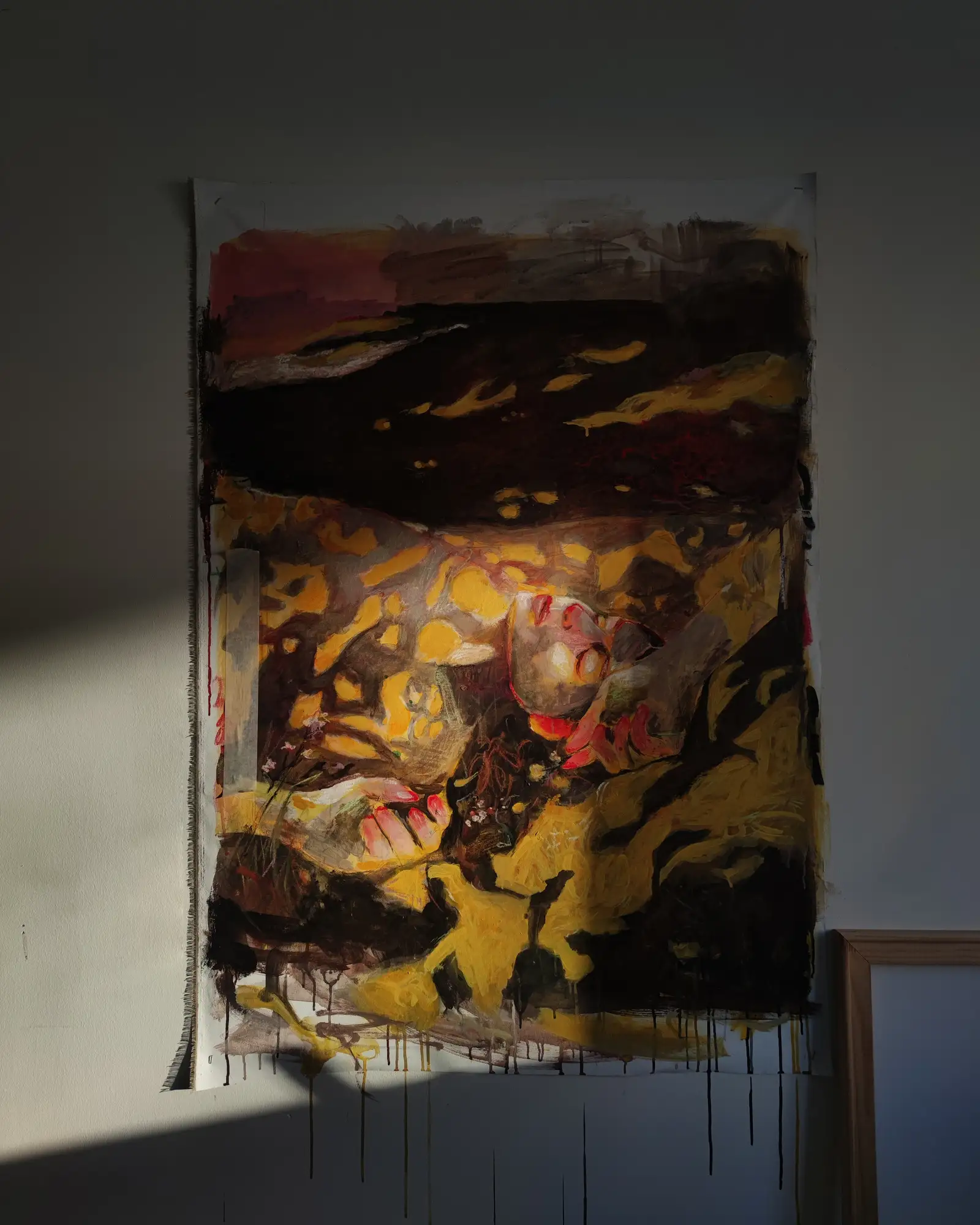
Whether it's the glow of a phone screen or the shadows of foliage across a face, light in Fleming’s world is always ambiguous both revealing and concealing at once.
Her exploration of presence, especially the female body as presence is never symbolic or decorative. These are not illustrations of femininity. These are confrontations with it. Through gesture, color, and silence, she paints not about women, but with them, through them.
From Lisbon to Now: A Painter of Intimate Resistance
Based in Lisbon and originally from São Pedro do Sul, Margarida Fleming is a self-taught artist with a background in architecture and design.
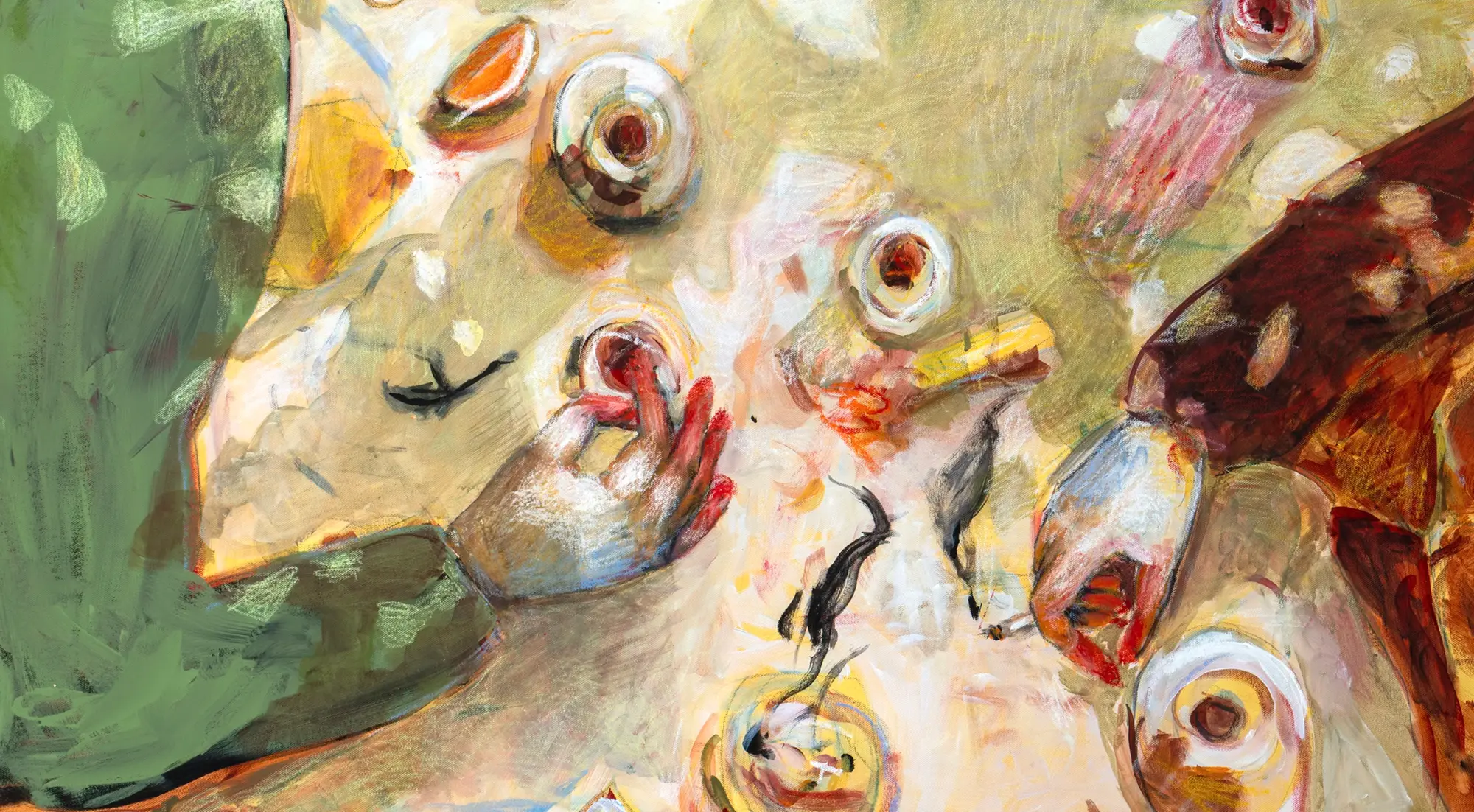
Her work unfolds across the canvas in psychological fragments, emotional light, and painterly weight. She creates not just images, but presence.
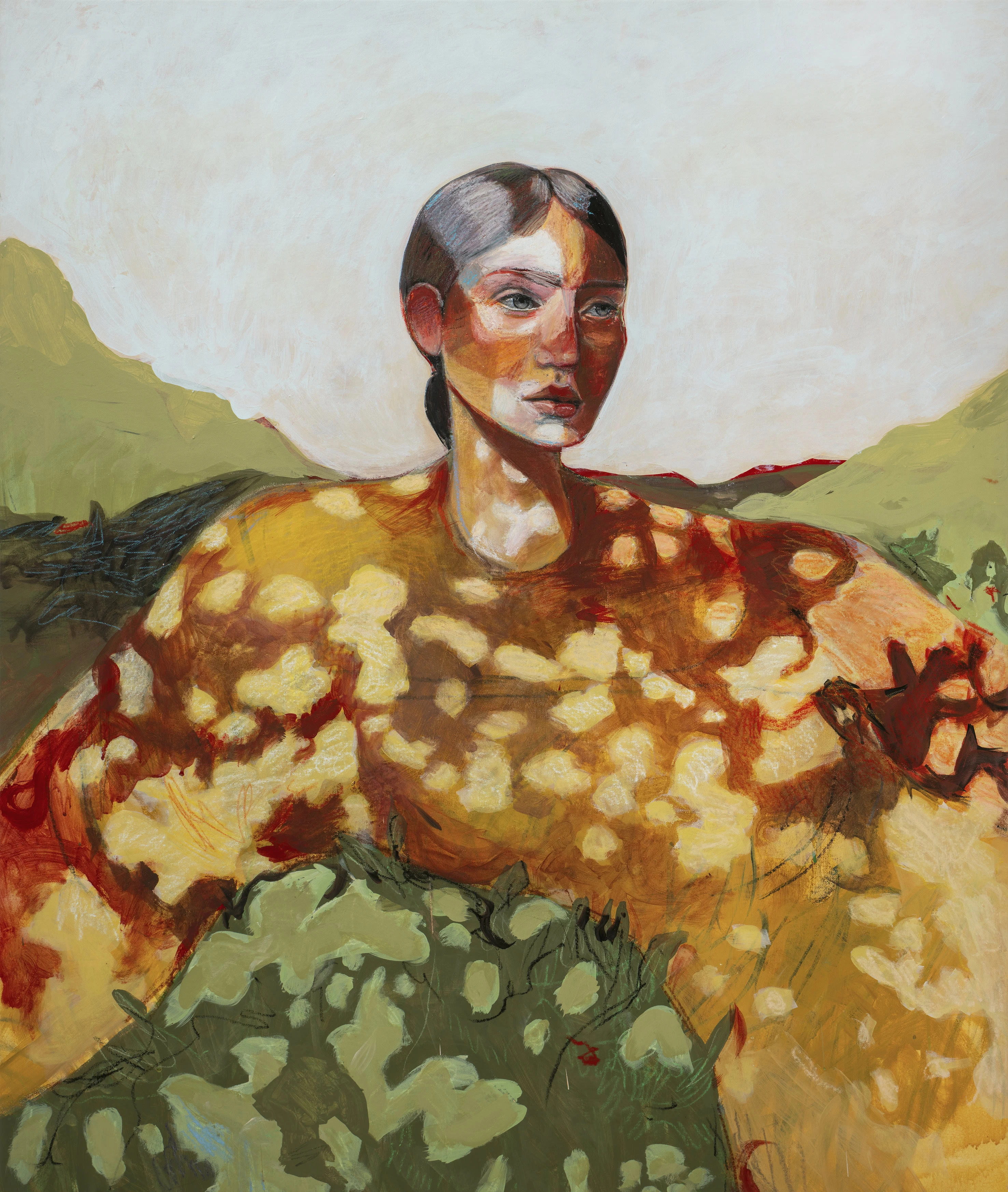
Margarida Fleming - official Website
In a time of overstimulation and image fatigue, Fleming offers something rare: stillness that speaks. Not loudly. But truthfully.
All images courtesy of the artist Margarida Fleming.
Published with permission.
Follow Margarida Fleming on Instagram
This is independent art writing - no paywall, no ads, no bullshit.
If you value this voice, support it.
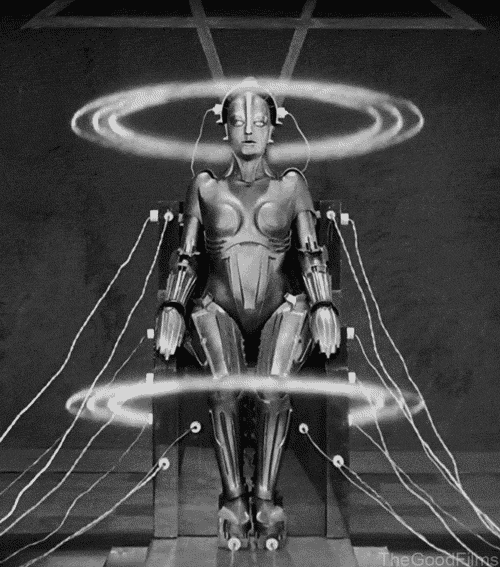
catapult - uncensored
Related Artists:

David Rosado
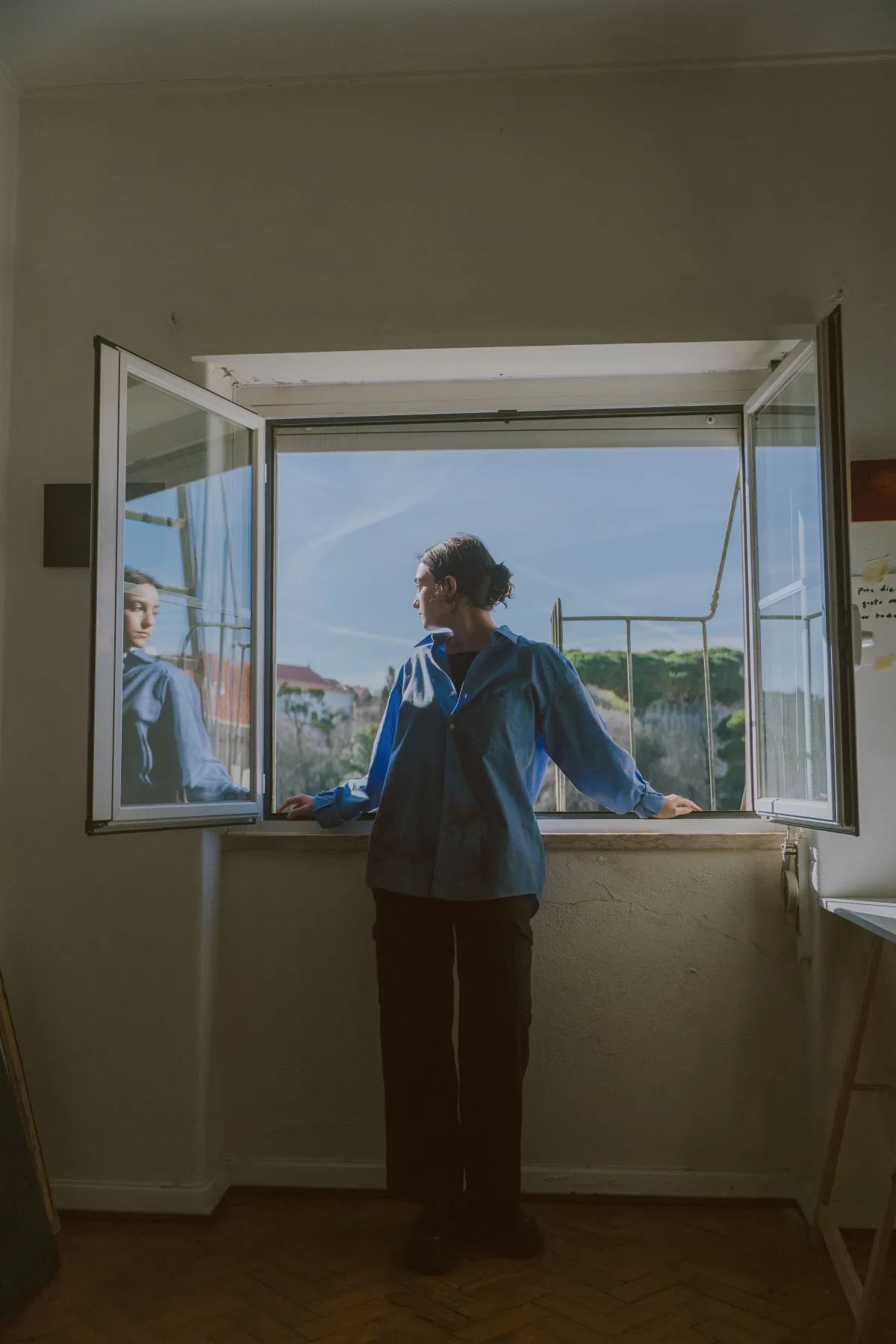
Maria Luz
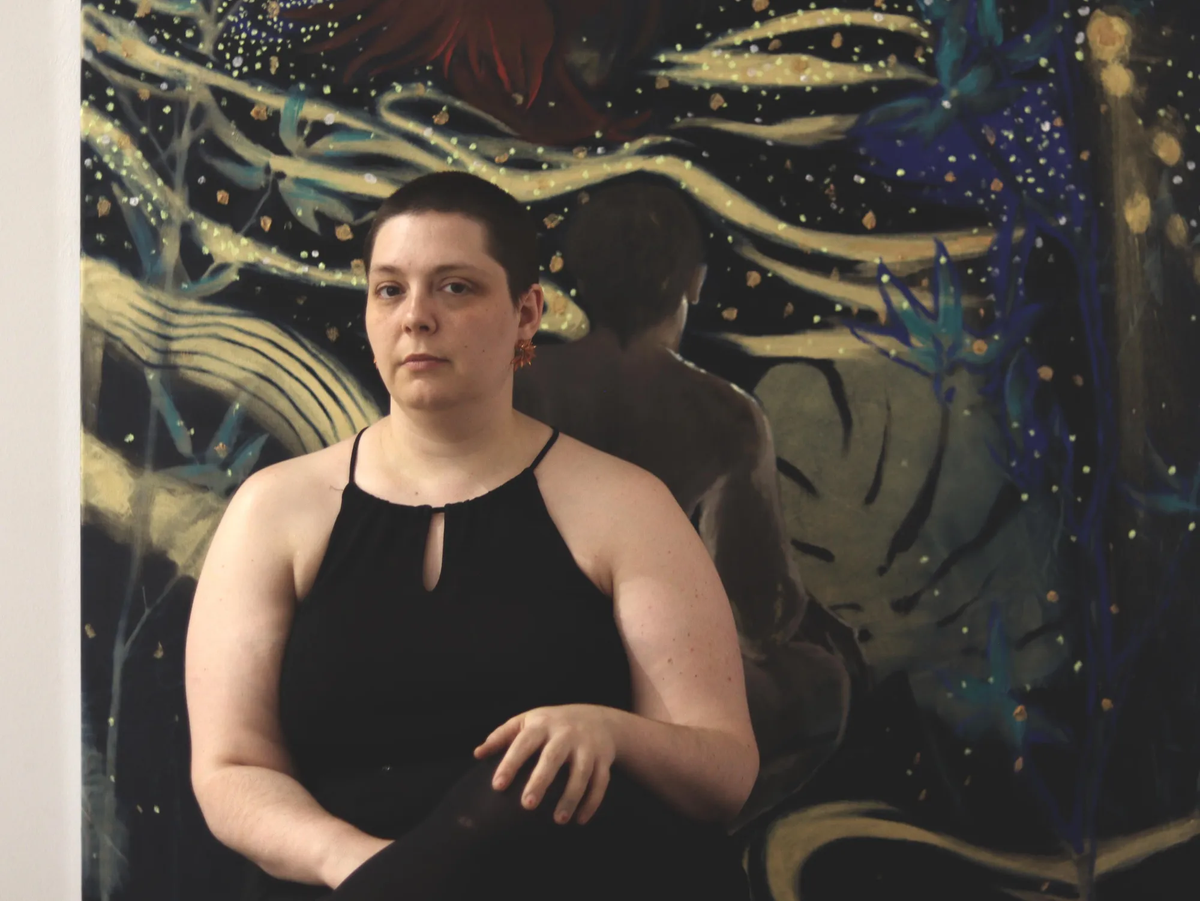
Candy Bassas








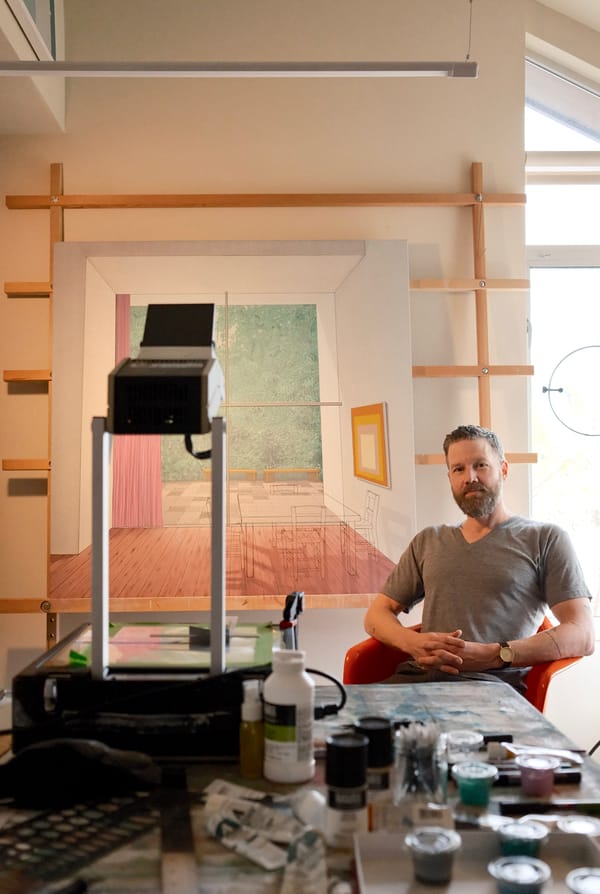

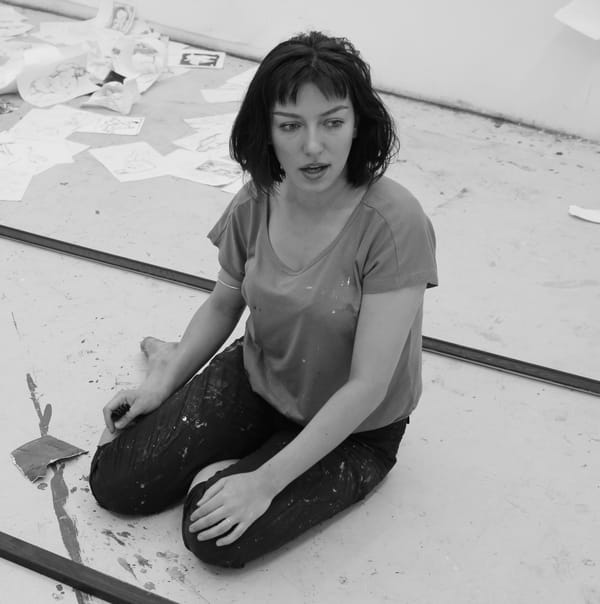
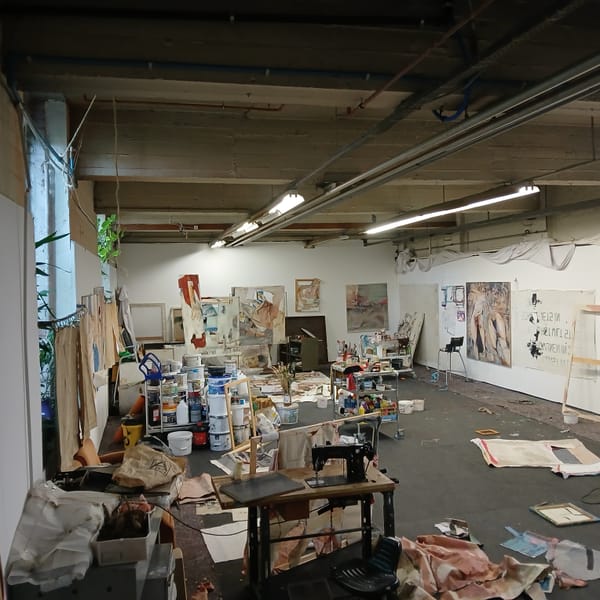

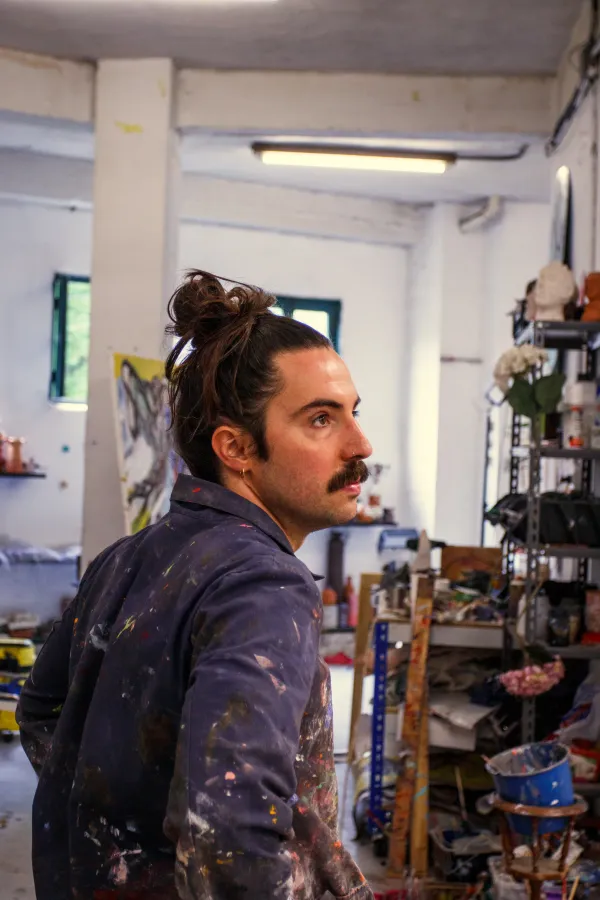
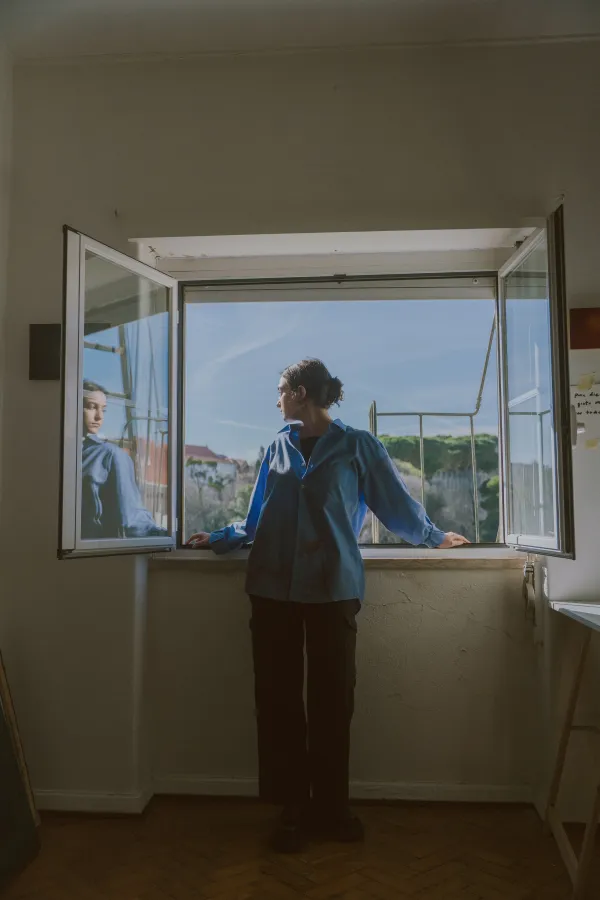
Member discussion